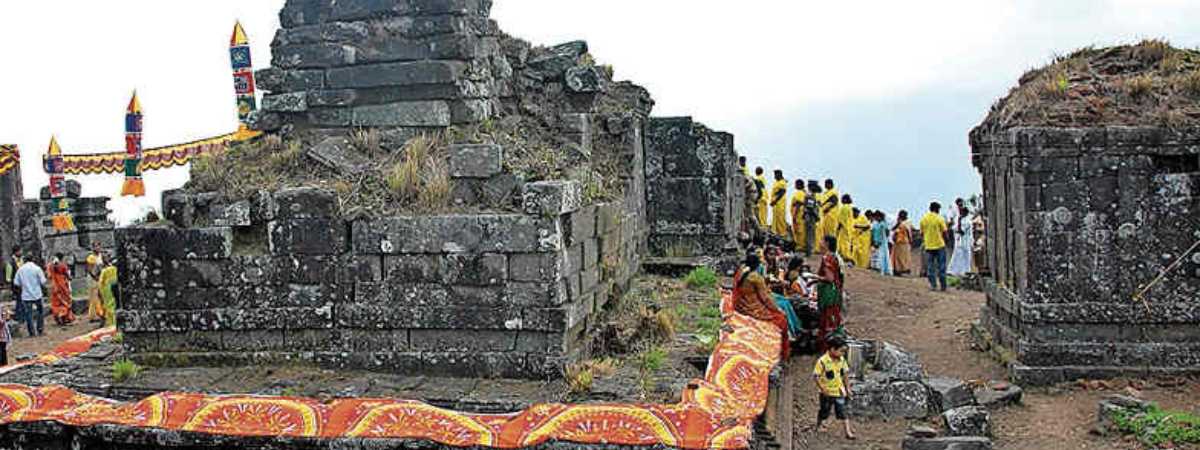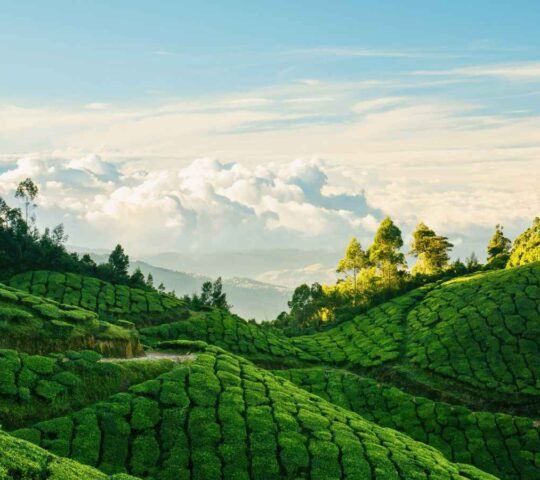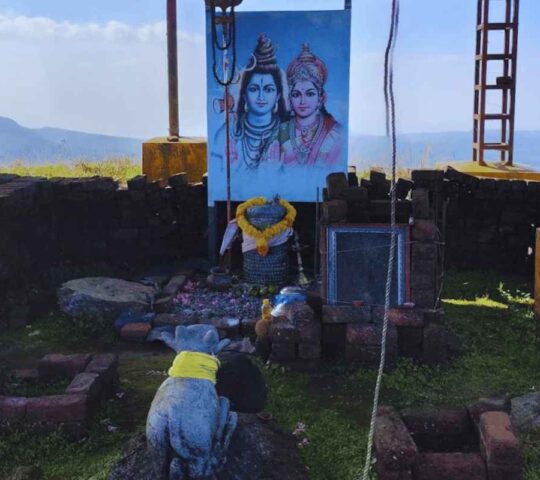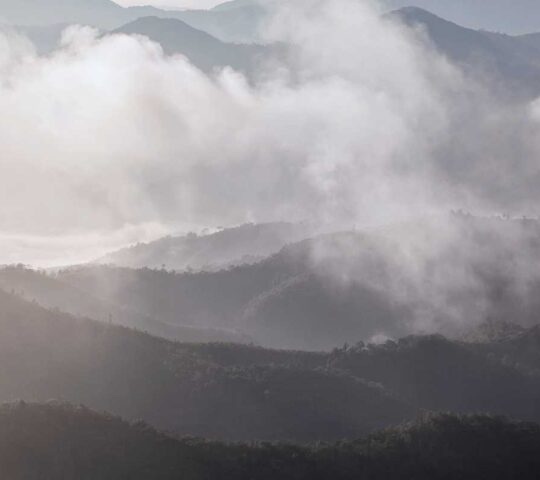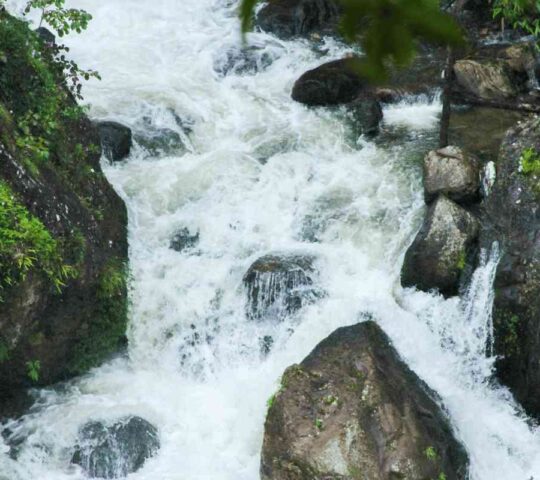Hightlight
-
 Car parking
Car parking
-
 Non smoking
Non smoking
Located in the enchanting Idukki district, Kerala, the Mangala Devi Kannagi Temple stands as a revered religious monument with a rich history that dates back around 2000 years. This temple holds deep significance for those who admire Tamil culture and legend. Its awe-inspiring Pandyan architectural style is a testament to the craftsmanship of that era.
Mangala Devi Kannagi Temple: Reverence, History, and Festivity
Central to the temple’s essence is its dedication to Kannagi, an eminent figure from the timeless Tamil epic Silapathikaram. This revered sanctuary was brought into existence by none other than King Cheran Chenguttuvan, a ruler of the ancient Tamilakam kingdom. Originally named ‘Kannagi Kottam’ or Mangaladevi Kannagi Temple, it graces an elevation of approximately 1,337 meters above sea level. The temple’s surroundings, nestled within the Periyar Tiger Reserve, are adorned by the lush beauty of nature.
While the temple exudes an aura of sanctity year-round, access to its grounds is reserved for the special occasion of the Chitrapournami festival, which unfolds in the months of April and May. This festival holds a cherished place in the hearts of devotees and is a time of spiritual communion and celebration.
A Living Legacy on the Tamil Nadu-Kerala Border
The Mangaladevi Kannagi Temple, steeped in antiquity, occupies a unique position straddling the border between the Theni District of Tamil Nadu and the Idukki District of Kerala, India. This hallowed site, constructed two millennia ago by the esteemed Tamil king Cheran Chenguttuvan, boasts a remarkable historical and cultural legacy.
Located at the picturesque Vannathipara, the temple is known by various names, including Kannagi Kottam and Mangaladevi Kannagi Temple. It was a testament to the devotion of Cheran Chenguttuvan that this Chera monarch built and personally conducted regular rituals at the temple, all in honor of Kannagi. Standing at an elevation of 1,337 meters (4,386 feet), the temple embodies the distinctive architectural style of the Chera dynasty.
While its spiritual allure is profound, entry to the temple is restricted and permitted solely on the occasion of Chitra Poornami, due to ongoing territorial disputes. For access, the presence of district collectors and police chiefs from both Theni and Idukki is required, underscoring the temple’s unique geopolitical location.
Positioned about 7 km from Pazhiyankudi in the Theni district and 15 km from Thekkady in Idukki, the temple’s physical location reflects the harmony between two Indian states, Tamil Nadu and Kerala. It stands as a bridge between history, spirituality, and the natural world, inviting those who seek a deeper connection to the past and a sanctuary for their present-day souls.

